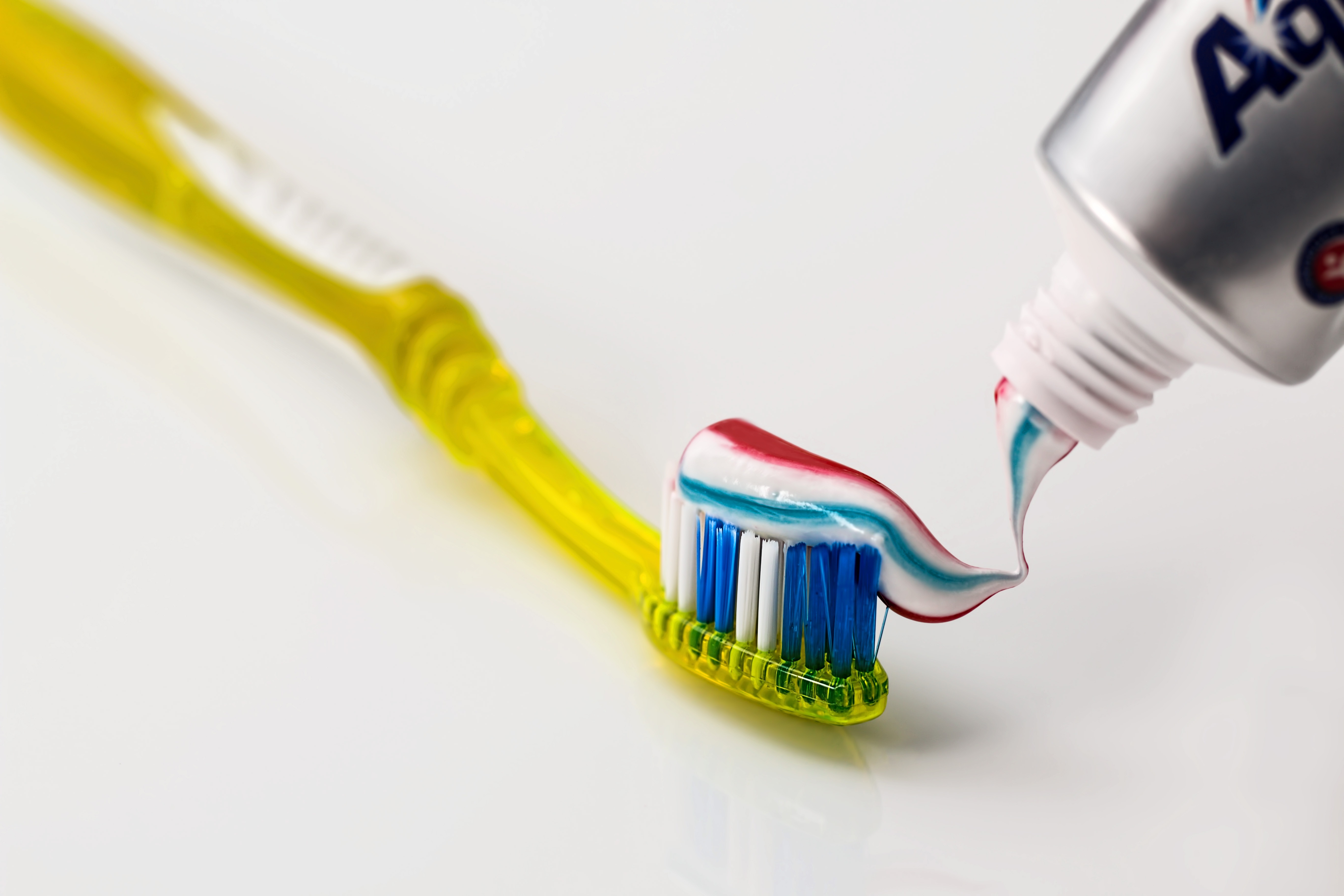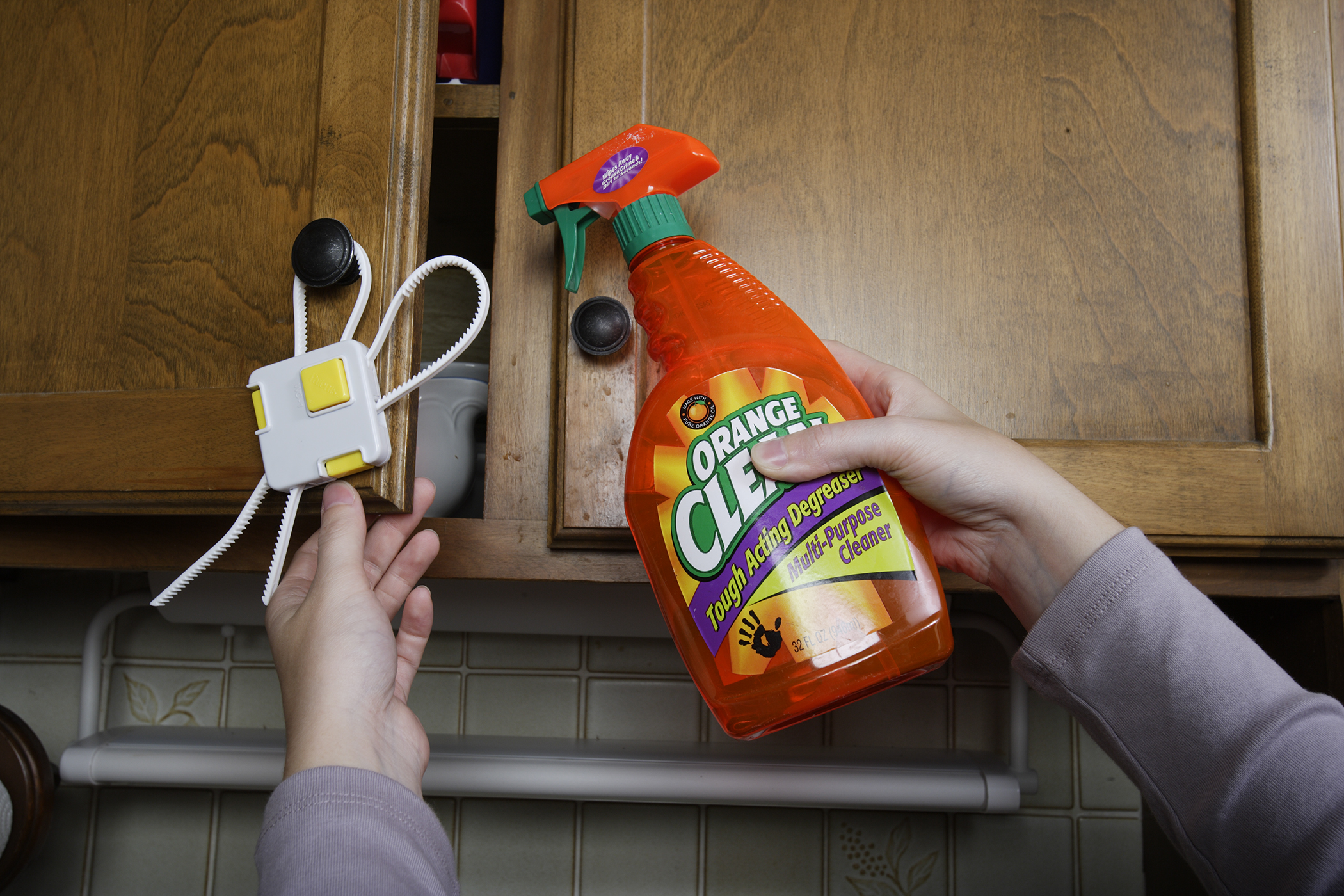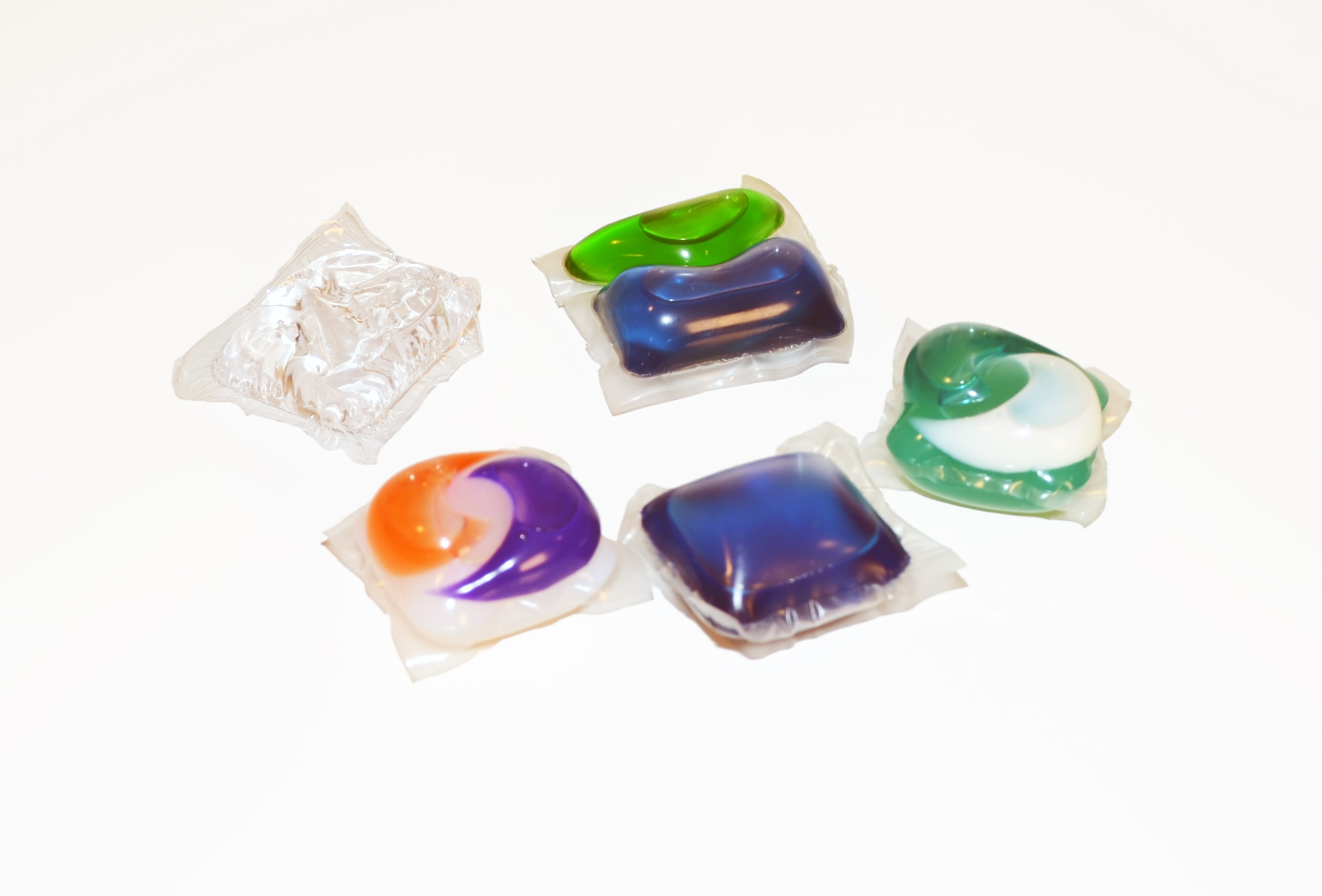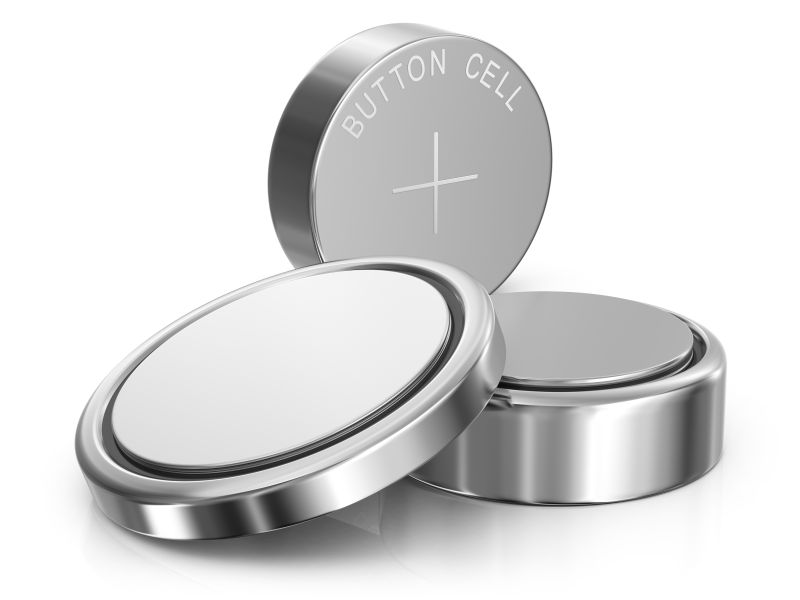Household Products
Everyday products can be poisonous
Poisonings associated with common household products are a top cause for calls to the poison center year after year for people of all ages. Our specialists manage cases due to ingestions, inhalation, spills and splashes to the eyes or skin from batteries, detergent packets, cleaning products, chemicals and personal care products are every day. While exposures to some of these products are considered "non-toxic" or cause mild symptoms, others can cause serious health problems leading to hospitalization and in some cases, death. Take steps to prevent exposures and accidents with these products in your home by following our safety tips and keep our number handy in case you need it: 1-800-222-1222.
Safety Tips to Prevent Exposures:
- Keep items in their original package, bottle, or container to prevent mix-ups.
- Never put household products in beverage containers, cups or bottles. This can lead to accidental consumption.
- Always follow the "directions for use" on the product's label.
- Ensure adequate ventilation when using household products by opening windows and doors.
- Never mix products together. Some combinations can be dangerous.
- Wear gloves and goggles when handling harsh cleaners like oven cleaners, bleach and drain cleaners to protect skin and eyes. Refer to the product's label for protective equipment recommendations.
- Always store household products separately from food and drink to avoid mix-ups.
- Store these items up and away and out of reach of children every time after use.
- Use a lockable cabinet or child-resistant lock to secure the cabinet.
- Teach children not to touch, taste or smell a product unless given by an adult.
- Do not let children handle cleaning products, detergent packets, batteries or other household chemicals.
Call the poison center if you or a loved one is exposed to household products or ingests a foreign body. The poison center can be reached 24/7 at 1-800-222-1222. Always call 9-1-1 if someone is unconscious or not breathing.
Personal care products are everywhere, used often
Pediatric exposures to cosmetics and personal care products are the number one reason for calls to the poison center for children under age 6. We get calls for everything from creams and toothpaste to deodorant, hand sanitizer and perfume. These products are typically ingested because they are readily available throughout the house and are commonly carried in purses and bags. Because of their frequent use, they may not always be safely put away. Many of these items smell good or are packaged in attractive bottles and containers. Children are careful observers and may be trying to mimic your behaviors by exploring the items you use every day.
Exposures to these products may result in mild symptoms or be considered "non-toxic" but some can cause serious harm if used in the wrong way, in the wrong amount, or by the wrong person.

Store cleaning products safely to reduce the risk of poisoning
Household cleaning products contain powerful ingredients to clean our environments and keep our homes healthy. They should be handled with care in order to prevent exposure to fumes, spills and splashes, and accidental ingestion. Safe storage and handling of household cleaners and chemicals can protect you and your family from injury associated with exposure. Always store these products separately from food and drink and up and away and out of reach of children. Review our safety tips at the top of the page for more information about how to prevent exposures.
Many household cleaning products are "lookalikes," or look like food and drinks commonly found in the home. They can be difficult to tell apart especially if the label is missing or the product has been poured into another container like a cup. Some of these products are brightly colored and packaged in a similar container to their lookalike counterpart. They may smell nice and or have a sweet taste which may not deter a child (or adult) from consuming it. The poison center receives calls about both children and adults who have been exposed to these products accidentally. Be on the look-out for these types of products and follow our safety tips listed at the top of the page, to prevent exposures.

Young children at risk of poisoning, injury
Detergent in single-use packets may be convenient for dishwashers and washing machines, but their compact size, candy-like appearance and colorful shape make them attractive to curious children. Swallowing detergent can cause serious breathing or stomach problems, eye irritation and even coma and death. Tightly sealed liquid detergent packets may burst and cause injury to the mouth, throat, face or eyes if a child bites it. Most exposures reported to the poison center occur in children younger than 6 years old.
The American Academy of Pediatrics recommends use of traditional liquid or powder detergent products instead of packets until all children living in or visiting your home are at least 6 years old.
Learn more from our partners:
- Laundry Room and Detergent Safety from the American Academy of Pediatrics
- Liquid laundry packet ingestion fact sheet from the American Association of Poison Control Centers.
- Safe Kids Worldwide has more about liquid laundry packet safety including a Safe Kids Worldwide Liquid Laundry Packet Infographic.

The dangers of button batteries
Button batteries are the flat, disc - like batteries found in many household devices including mini remote controls, small calculators, watches, key fobs, flameless candles, and musical greeting cards. They also come in many children's toys including "talking" or musical books.
Battery ingestions can obstruct the airway, cause choking, coughing wheezing, gagging, vomiting, chest pain or discomfort, abdominal pain, and difficulty swallowing. Sometimes no visible symptoms are immediately present. When a child swallows a button battery, the saliva triggers an electrical current. This causes a chemical reaction that can severely burn the esophagus in as little as two hours.
When a child swallows a button battery, it is often not witnessed by an adult. If you have small children at home, avoid products that require button batteries. If you need to use them, follow our safety tips to reduce the risk of ingestion.
Read more button battery safety tips from Safe Kids Worldwide.
Button Battery Safety Tips:
- Regularly inspect the floor for loose batteries. Get down on the floor, at your child's level and examine their environment.
- Always keep loose batteries locked away.
- Keep small battery-operated devices out of reach of children.
- Place a piece of duct tape over controller or devices to secure batteries.
- Call the poison center immediately if you suspect a child has swallowed a battery 1-800-222-1222.
